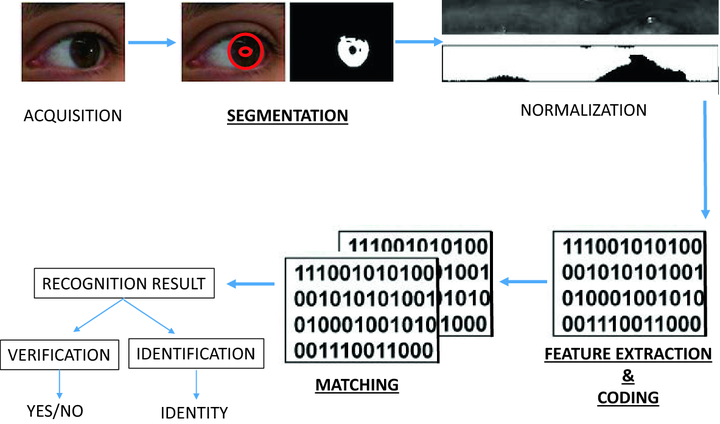
Abstract
People struggle every day with authentication to access a protected service or location, or simply aimed at protecting one’s own devices. This spurs a growing demand for self-handled authentication strategies. The increasing number of remote services of various kinds corresponds to an increasing number of passwords to use and remember, and also to the growth of the password theft risk, due to the increasing value of the protected resources. The other core element in present authentication scenarios is the ubiquity of mobile equipment. Smartphones add a “whatever” dimension to the possible uses of the mobile devices whenever and wherever that include storing/transferring multimedia information, often personal and often sensitive. Biometrics can both enforce and simplify authentication in controlled environments. Mobile biometrics in uncontrolled settings, where there is no operator to guide the capture of a “good-quality” sample on a mobile device, is the new frontier for secure use of data and services. The iris is among the best candidates for biometric recognition. It is extremely discriminative: Right and left irises of the same person are so different to hinder a correct matching, because randotypic elements largely overcome genotypic ones in individual development. However, self-acquired samples often suffer from poor quality, due, e.g., to reflections, motion blurring, out of focus, or bad image framing. Mobile setting and especially the inherent problems related to uncontrolled iris image acquisition are addressed in the two challenges of the MICHE project, whose results are the core topic of this chapter.